
Piyush Pandey: The Adman Who Taught India To Speak To Itself

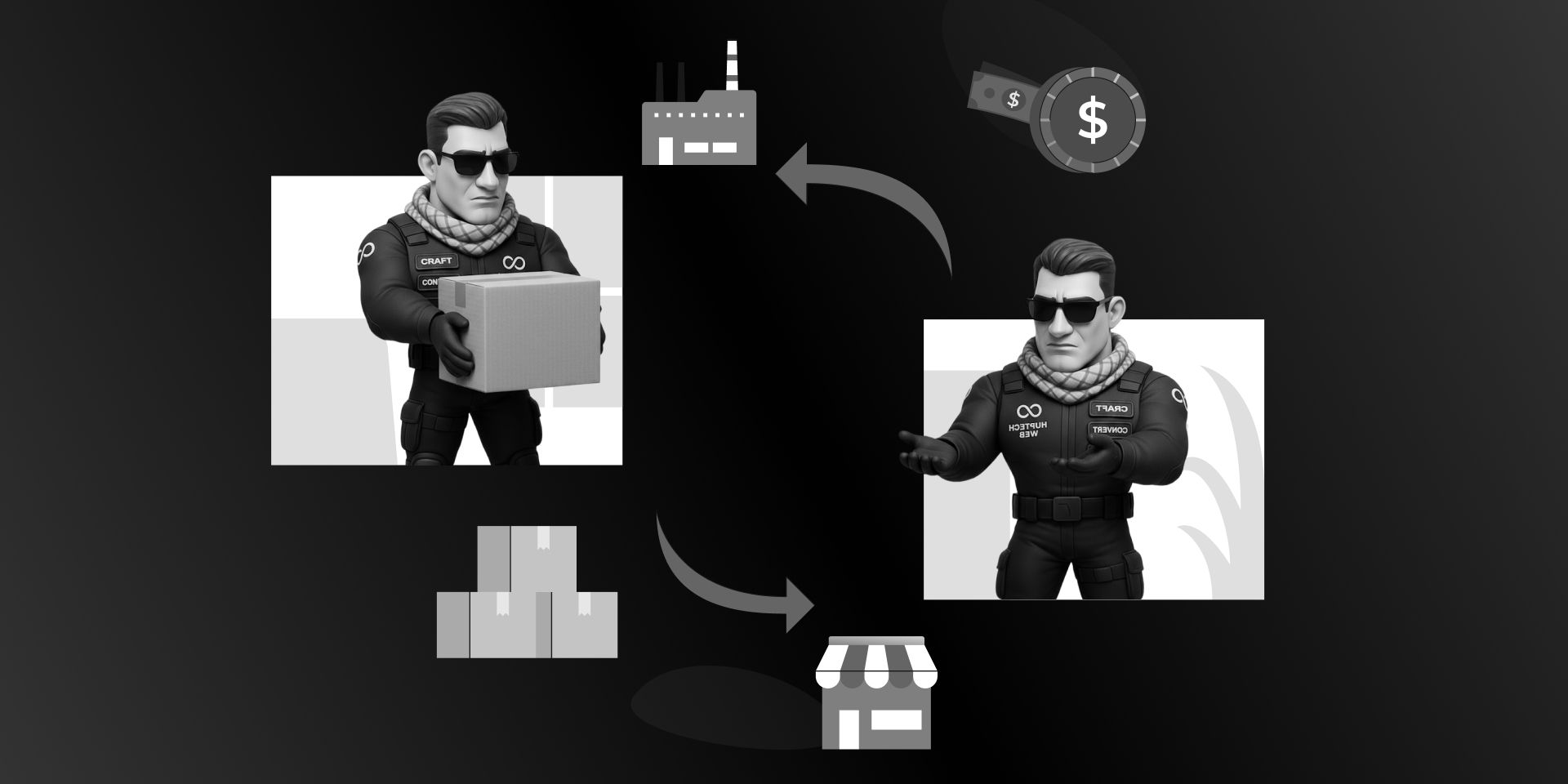
Here is the simple fact all e-commerce businesses need to know!
Retaining a customer costs less than convincing a consumer to switch to your brand.
So what's the plan? How can you make your product unique to your customer?
You ASK them what they want. Make them FEEL special.
Do it the customer's way, and you will not only have a fantastic business, but you're irreplaceable.
To make it simple to understand, let's look at;
And much more! So, how do you identify a Repeat Customer?
Repeat purchasing refers to the behavior of customers who buy the same product or service multiple times or at least 2 times over a time frame.
It is often a strong indicator of customer loyalty and satisfaction, as well as the effectiveness of a company's customer retention strategies and trust in a brand or business.
Repeat purchasing can be observed in many industries, from everyday consumer goods to services.
For example, a customer may visit Starbucks and purchase a latte. Then, visiting Starbucks for their morning coffee on the way to work is routine. Over time, they buy additional items, such as breakfast sandwiches and specialty seasonal drinks.
That's known as a Repeat Customer.

The Repeat Purchase Rate (RPR) is a metric used mainly in retail and e-commerce to measure the proportion of customers who return to make additional purchases after their initial one over a specific period.
Repeat Purchase Rate (RPR) isn't just a metric; it is a valuable indicator of your store's success.
By understanding it in depth, you can evaluate long-term success, which helps recognize that retaining existing customers is often more cost-effective than acquiring new ones.
To accurately calculate the Repeat Purchase Rate (RPR) for your Shopify store, you'll need to access specific customer data that shows how many of your customers have made more than one purchase within a given time frame and the number of unique customers.
Shopify tracks various metrics to help you analyze customer behavior and purchasing patterns.
Repeat Purchase Rate is generally calculated by dividing the #customers who have purchased more than once by the #unique customers over a specific period.
The formula is;
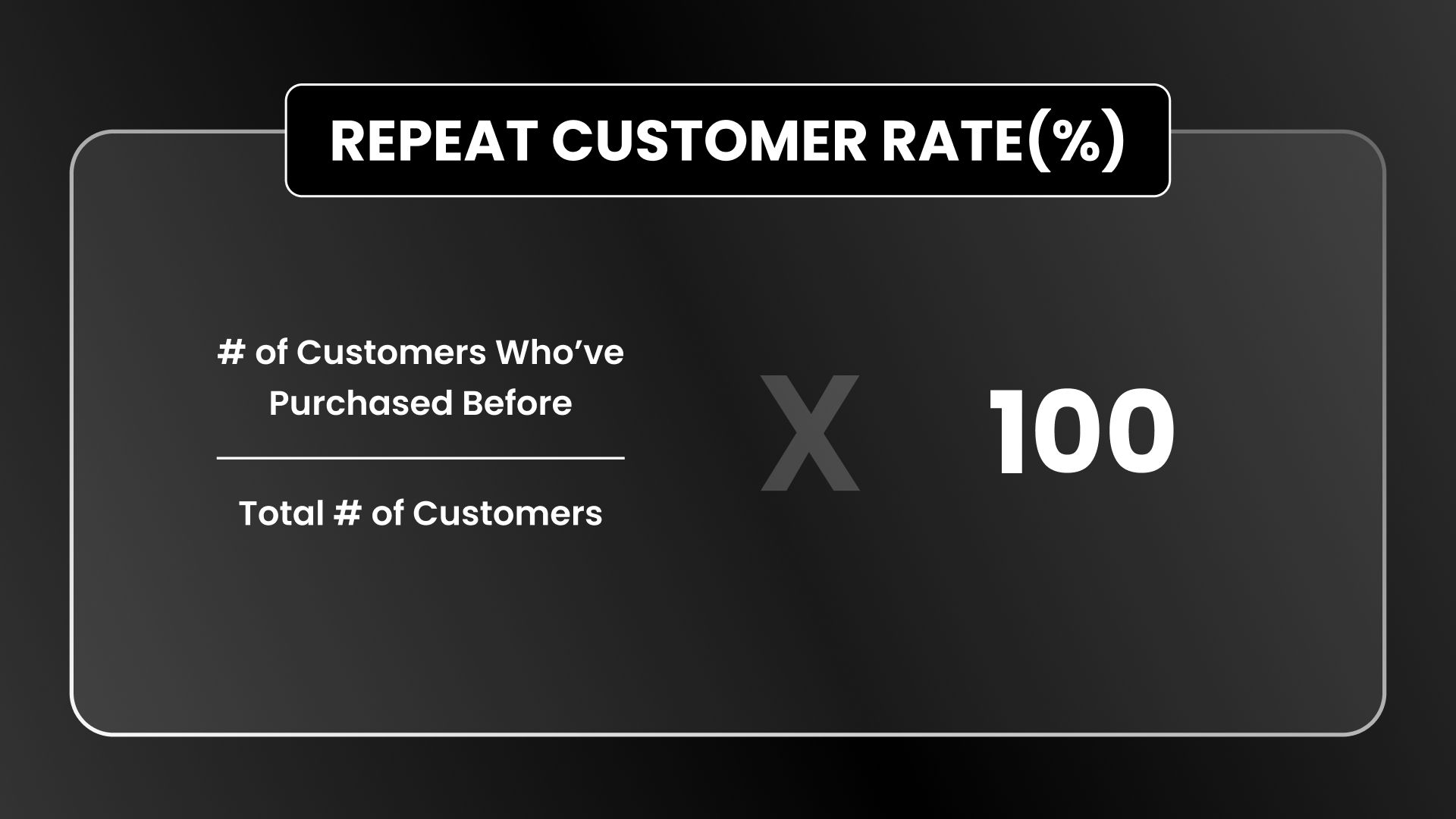
To Calculate RPR for your store, you'll need to access two customer data points from Shopify Analytics.
Then, use the formula mentioned above to calculate your store's RPR.
For example, If your online store had 1,000 unique customers over a month, and 200 of those customers made more than one purchase in that month, the Repeat Purchase Rate would be;
Repeat Purchase Rate = ( 200 / 1,000 ) × 100 = 20 %
This means 20% of the store's customers have returned to make another purchase.
So, how can you transform your store into a factory of the best repeat purchase products? By implementing these powerful tactics into your business, you make $$$ while sleeping!
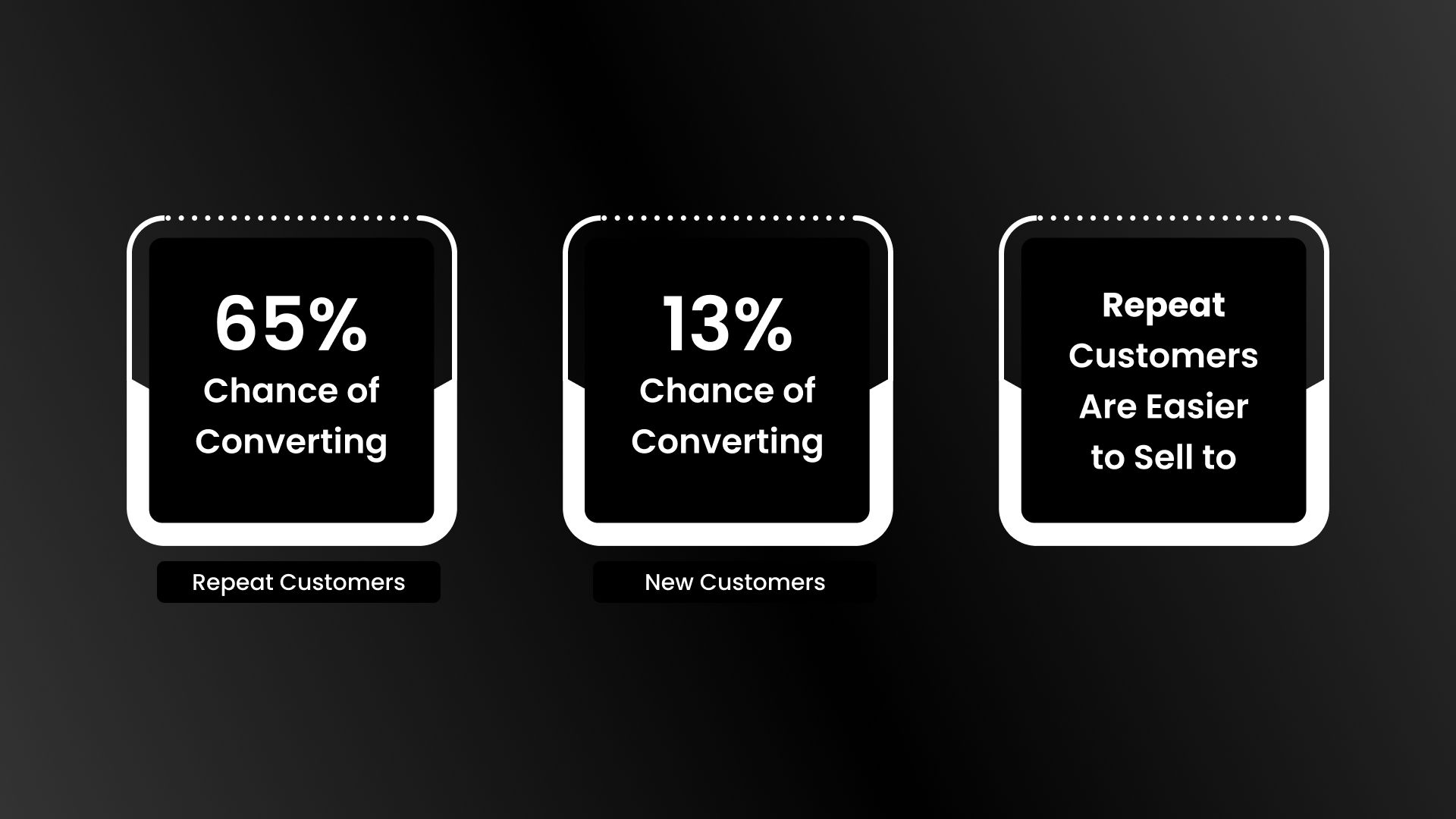
But before crafting strategies on how to improve your RPR, you should keep these 5 things in mind;
As you have your baselines to consider before taking any action, we'll move to those 7 strategies that work the best when it comes to your e-commerce business.
Looking at this word — incentivizing, we think about loyalty programs, referrals, point systems, etc. But have you thought about giving them some of what they want and showing them that you've got more good stuff?
Attracting customers is really simple. Before building a program or a system, research and figure out what your customers are really into—social media is your biggest ally.
Doing this creates something seen as a lead magnet through your customer's eyes. You can also check what your competitors are doing and offering; that way, you'll know if your idea is worth it.
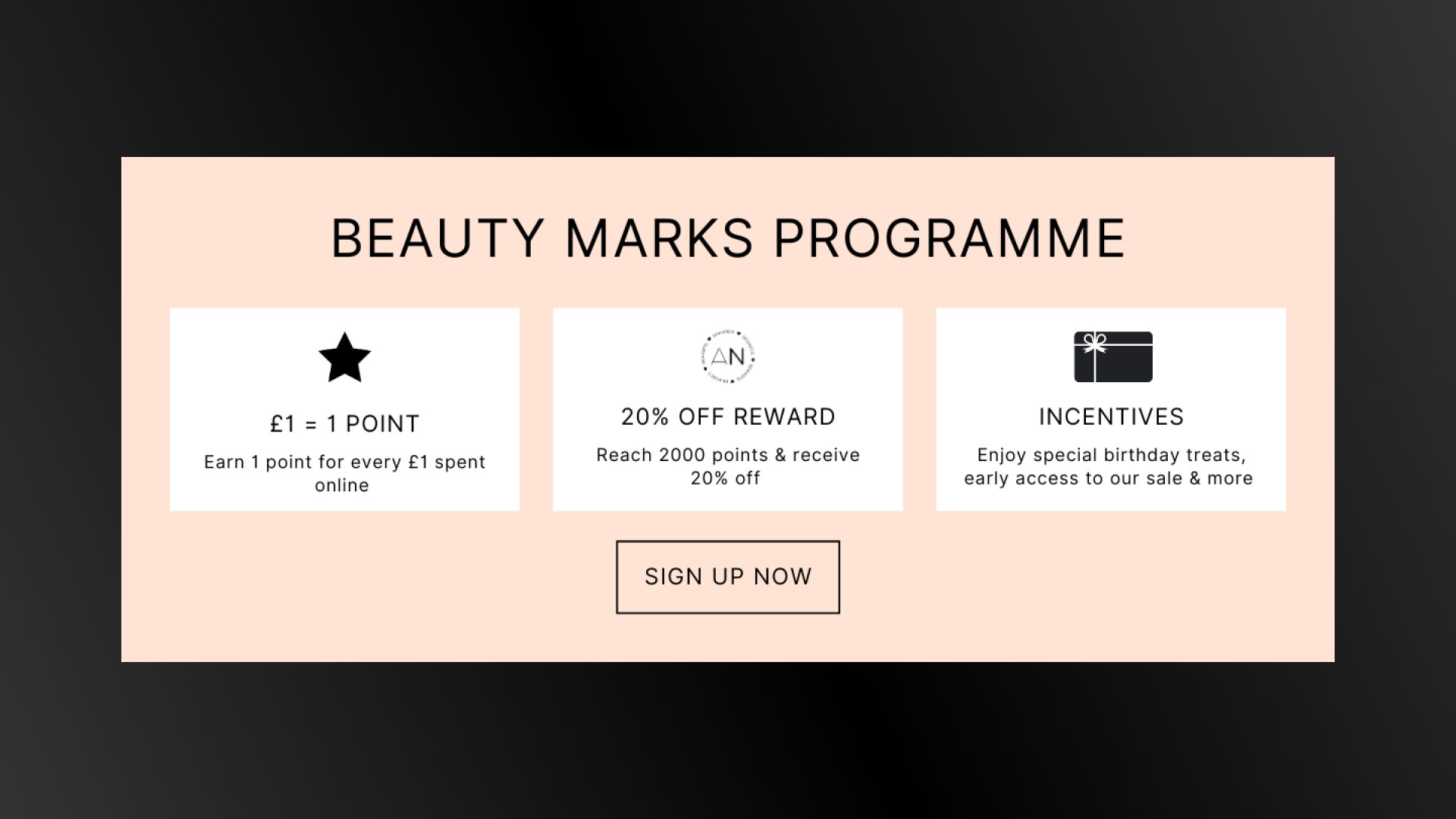
At Amelia Nour, we introduced the Amelia Nour Beauty Marks Rewards Programme, offering more beauty benefits by earning points on every purchase to redeem on incredible beauty perks and privileges, which leads to a higher repeat ratio and boosts sales.
Read More: Leverage Shopify Gift Cards 101
Why is it still a viable method? It simply works, and email marketing is like having a revival. For as long as there's internet, we will always have email. Almost 97% of people have emails.
For instance, you own a store that sells teen's clothing. You receive a shipment of summer clothes and swimwear, and you don't know how to tell your customers about these cute new selections but also want immediate sales results. So, by creating an email that includes photos, product information, and a special coupon only valid for 24 hours, you get responses in the form of questions, comments, and orders. Your email marketing can bring immediate results.

With one of our clients—Amelia Nour, we are regularly in touch with our customers considering their segment of purchase & send emails regularly accordingly to maintain relevancy. It brings a big percentage to overall store sales.
People love personalized messages, especially if they are about them. But how do you know if your email marketing strategy is successful? The Metrics. Some may not want to focus on open rates but instead wish to prioritize click-through rates or conversion rates. You must find your success metric and then prioritize that one over all the others!
The concept here is nothing new. Many stores were leveraging this tactic long before e-commerce came into existence.
Some instances of how you can implement this strategy can be through;
Check out more ways to implement Product Recommendations on your Shopify Store.
Why do people always want to buy iPhones whenever the latest model arrives? That's because they expect something new every time they purchase it.
By providing and suggesting personalized products based on their past purchases, you build that excitement of getting something new and related.
Some examples of excellent e-commerce product recommendations or personalization strategies include;
We have implemented La Marquise Jewellery’s You May Also Like Recommendations using data analysis on which product will be the closest relevant based on previous purchases, we strategize emails, paid campaigns which improve the repeat ratio on the store.
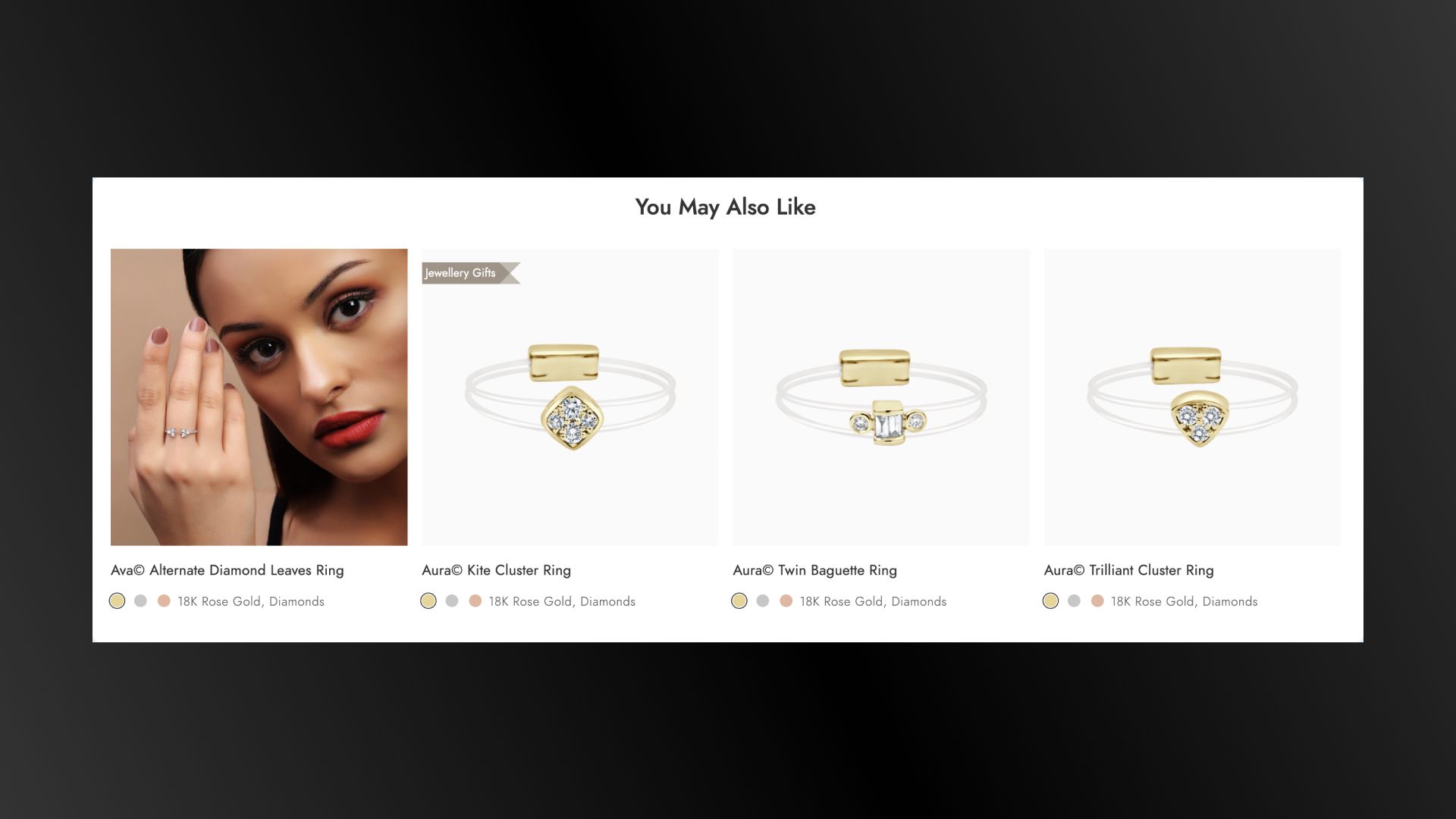
All these are based on the past purchase history of millions of customers so that they can help shoppers find products that are complementary to the products they are already interested in. You can also make use of First-Party Data of your target audience.
Read More: What Is First Party Data? How to Use It to Improve Your Marketing?
Product recommendations always work. In fact, product recommendations can uplift your overall sales by 11%.
You can leverage this technique to re-engage your potential customers who have previously visited your e-commerce website or shown interest in your products/services.
Here are some of the ways that you can utilize remarketing and retargeting techniques;
For example, your e-commerce store can retarget those users who have abandoned their cart with a Facebook ad reminding them of the products they left behind and offering a discount to incentivize them to complete their purchase.
With our retargeting strategy, we ensure that users who have shown interest in Grateful Earth Coffee products but haven't completed a purchase are gently reminded across various online platforms, including Meta, Google, Snapchat & TikTok.

By maintaining a consistent presence through retargeting ads, we keep your brand and products at the forefront of the customer's mind, encouraging them to return and complete a purchase.
Treat customers how you want to be treated - Golden rule.
What elements should you consider to WOW your customers? They want;
Read More: How Fast Should A Web Page Load In 2024?
Whether product-based or service-based, we always suggest all of our clients to consider this as a top priority. We respond to customers' inquiries, bring solutions to their confusion, offer easy returns & refunds, and more.
So why would you miss giving all these to your customers? Always go the extra mile to keep your customers happy and wait for it to pay off over time since happy customers often become loyal! It's as simple as that!
By WOWing them, you get WOM (Word-of-Mouth).
"Your most unhappy customers are your greatest source of learning" - Bill Gates.
Getting customer feedback is the oxygen that keeps startups and small businesses alive. You need to know what's wrong to provide your customers with better service.
You need feedback to pinpoint the actual issues and provide a better experience.
Do these 4 things;
But before collecting feedback, you should be clear about some things like;

We have implemented this for La Marquise Jewellery where we send an email just after a few hours/days of purchasing asking for customer’s feedback, with a dedicated section where they can recommend any suggestions. These lead to a great feedback portfolio and also significantly help in product improvements.
To get better and precise customer feedback, make use of these methods;
Customer service is about customer satisfaction. This means resolving their pain points and making their user and product experience pleasant.
Read More: Best Practices To Maximize User Experience & Conversions
Netflix is the perfect example that provides a subscription-based model to their customer base. But most users don't want to commit to paying you every month.
So why subscription-based?
If you want to keep customers paying you as if they are subscribed to you when they are not, have relevant reminders at the right time.
For instance, your customer usually finishes their skincare product every 45 days. You email them around the 40th day and again on the 43rd day to remind them to buy again.
But how do you know when to email them? Analyze your data to figure out the best times.
You must have gotten the answer on how to encourage repeat purchases! Driving repeat purchases means—the long-term success of an e-commerce business. With almost everything now going through the internet, e-commerce has become very competitive. Those were the 7 proven strategies in the market to get you more repeat customers.
Last but not least, always focus more on retaining customers because that's what will help you in the long run—learn how to do that by finding out more strategies for customer retention!
Q. How should businesses address the decline in RPR?
If RPR begins to decline, businesses should first analyze customer data to identify potential causes—issues with product quality, customer service, or changing market dynamics. Addressing these issues might involve reevaluating the product line, improving customer service, or revising marketing strategies.
Q. What is an Average Repeat Purchase Rate?
A good RPR varies by industry and business model. Generally, a higher rate is better, with averages ranging from 20% to 40%. Businesses should aim to match or exceed their industry average. Continuously improving the RPR should be a key goal.
Q. How often should RPR be measured?
RPR should be measured regularly, at least quarterly, to track trends and the effectiveness of retention strategies. This frequency can vary based on the business cycle and industry specifics.
